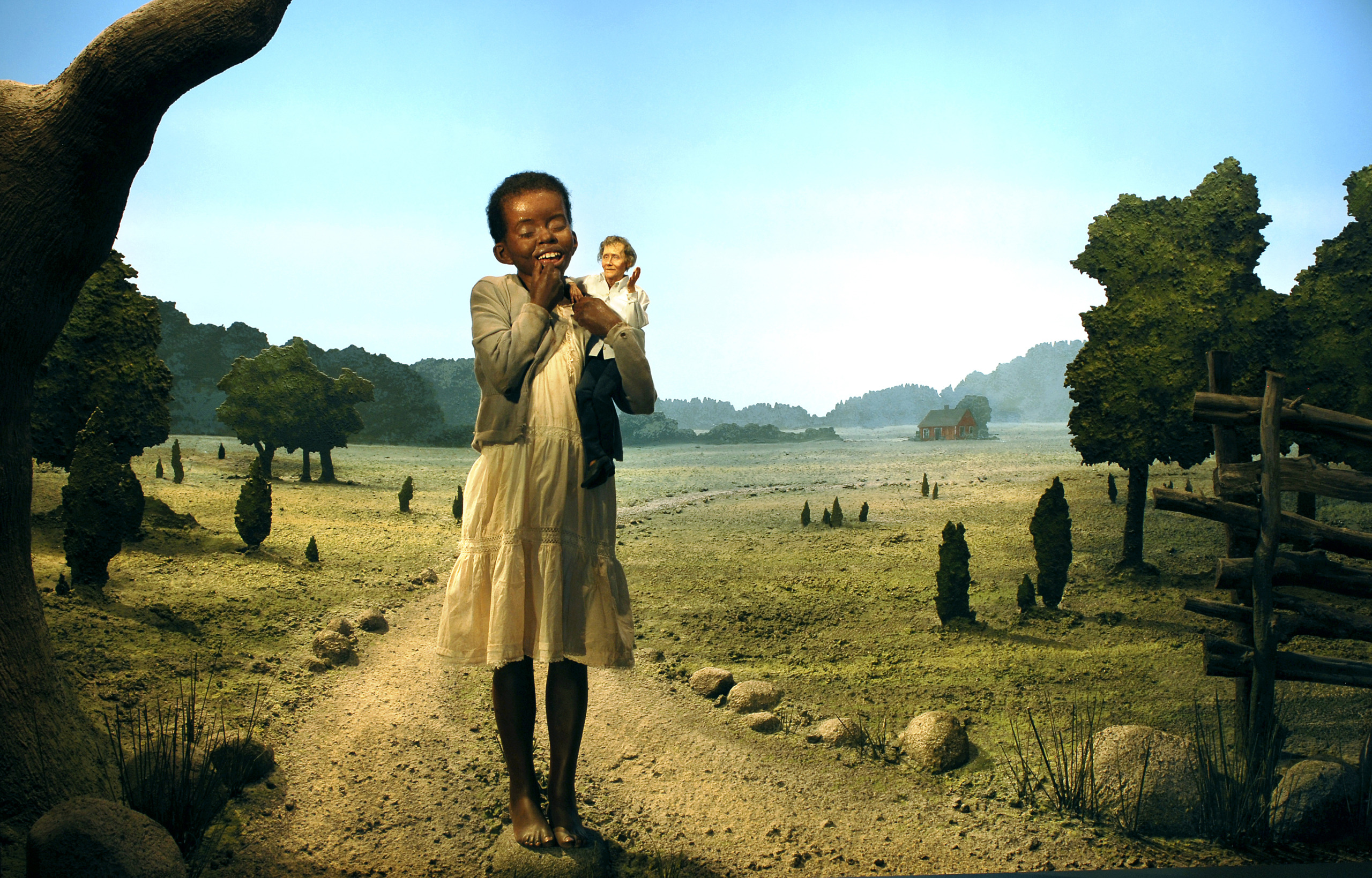
About Astrid Lindgren
Astrid Lindgren’s work is unique and filled with meaning. She was a staunch humanist and fought for children’s rights, equality and animal rights. She stood up for her views with civil courage and seriousness but also with humour and love. But it is as a writer of children’s books that Astrid has become best known around the world.
The origins of a story
Astrid Anna Emilia Lindgren was born on 14 November 1907 on Näs farm, just on the outskirts of the town of Vimmerby. Astrid was the second of four siblings. Her and her siblings, together with the cowman’s children and the children from the vicarage next door, were the real life children of Noisy Village. The story of their games has now spread all over the world.

From Vimmerby to Stockholm
Astrid Lindgren attended school in Vimmerby, and the settings for her stories are influenced both by the countryside and the small town. Early in her life she moved to Stockholm, which is how a certain Karlsson eventually came to fly around Vasastan, where Astrid herself lived, and a lonely boy called Bo Vilhelm Olsson came to sit and dream on a bench in Tegnérlunden, which she passed every day on her way to work.


The power of imagination
But stories can take place anywhere there are children who read and believe in the miracle of imagination. The Land of Faraway and the Land of Twilight are accessible to children all over the world.
“A child, alone with his book, creates for himself, somewhere in the secret recesses of the soul, his own pictures which surpass all else. Such pictures are necessary for humanity. On the day that the children’s imagination no longer has the strength to create them, on that day humanity will be poorer. All great things that have happened in the world, happened first of all in someone’s imagination, and the aspect of the world of tomorrow depends largely on the extent of the power of imagination in those who are just now learning to read. This is why children must have books.”
Excerpt from Astrid Lindgren’s acceptance speech upon receiving the HC Andersen Award in 1958



